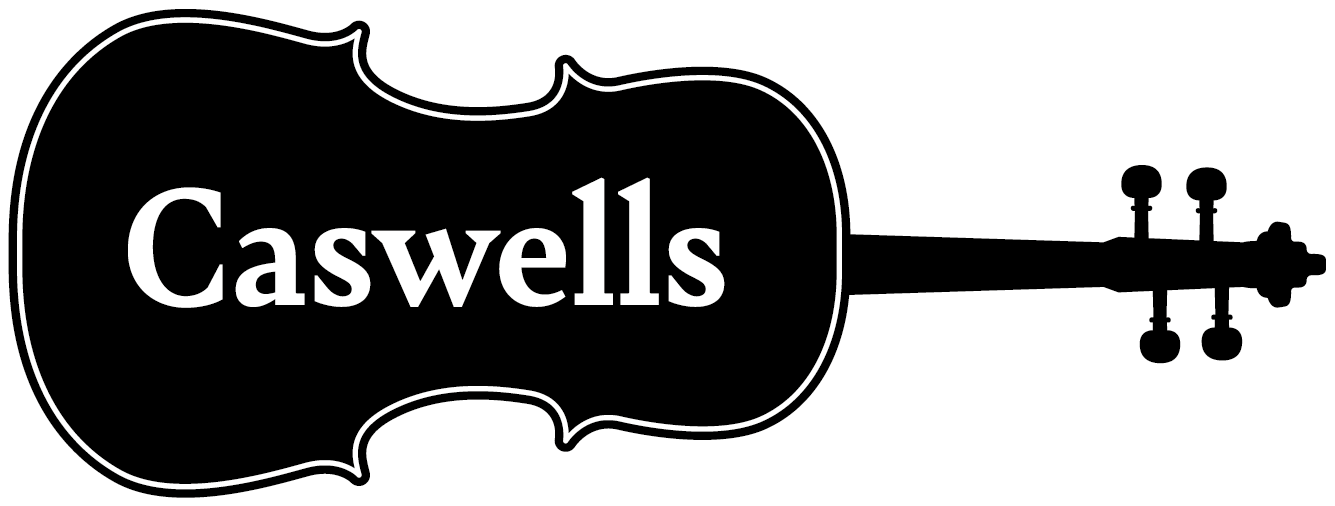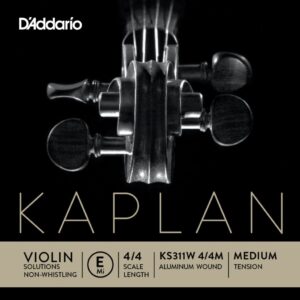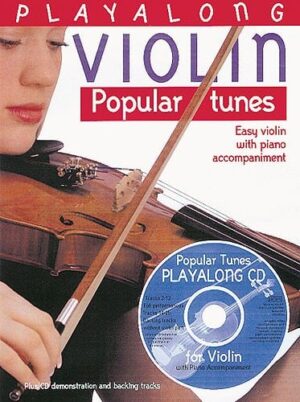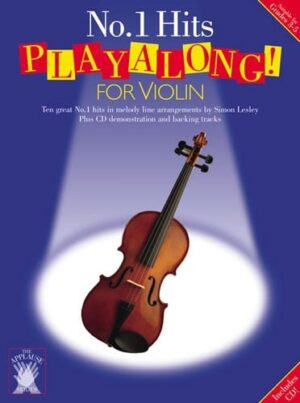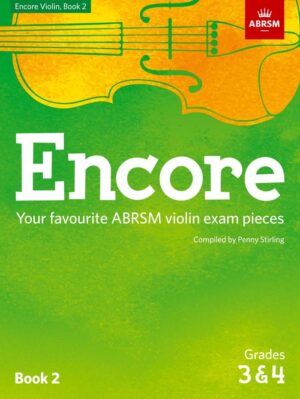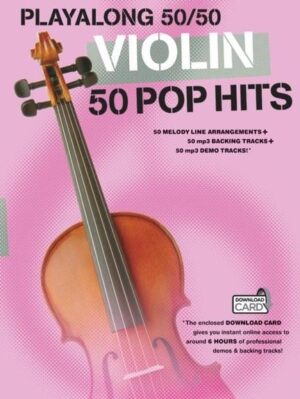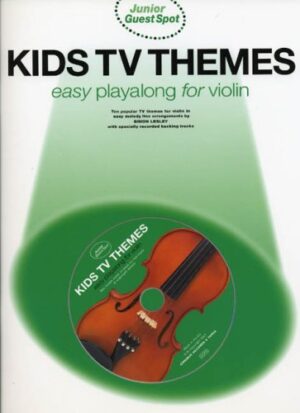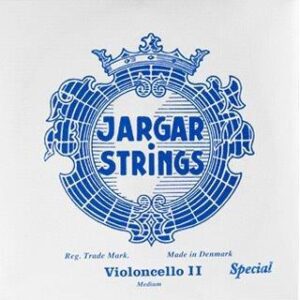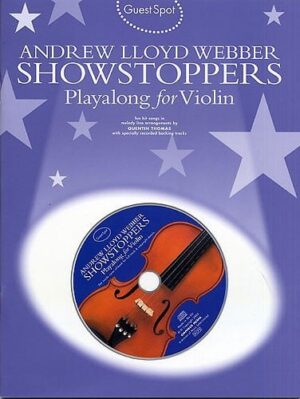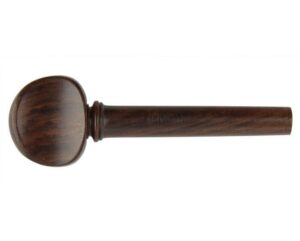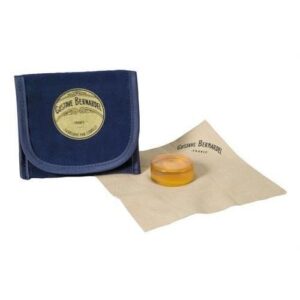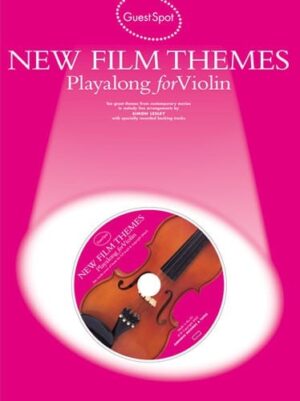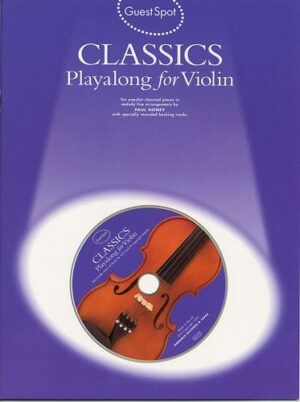My string broke days after purchase – is the instrument faulty?
We get it frequently: Panic-stricken Cello Mum on the phone – “I have just purchased this cello and the string has snapped. The cello is faulty and I want a replacement!”
Broken strings are a common occurrence, due to a number of reasons:
Firstly, no the cello is not faulty. We do attend to all the details when setting up the instrument but the strings are under immense pressure and sometimes the point of contact on the bridge or the top nut may be the cause of snapping and need a little more attention. This is quickly and easily sorted out.
Secondly, and probably the most common cause of snapping strings is the very excited and eager (understandably!) player overtensioning the string. There is not a lot of room for error and something has to give way.
To start with, if you’re new to the Violin or Viola or Cello, it is really very simply to replace a string. It does look daunting at first but there will be many occasions to practice the technique over the years!
As with all strings, be sure to order the correct size for your instrument: 4/4 is the full size instrument, but all string instruments are made in a range of sizes. Check the label inside your instrument or on the case; it will usually show a size designation such as 4/4, 1/2, 1/8, etc.
Here are some points to note to prevent breaking strings prematurely and to minimize inconvenience when breaks do occur:
- As a parent, learn to tune the instrument properly. The easiest way to break a string, especially an E string on a violin or an A string on a cello, is to tune it too high. Don’t ask your 7 year old student to perform this operation!
- Before installing new strings, lubricate the 2 contact points at the bridge and nut of the instrument with a small amount of soft pencil lead.
- Don’t take all four strings off at the same time. The soundpost in the instrument will fall over and you may have to go in to a luthier. Replace one string at a time maintaining the tension on the others.
- Where possible use an electronic tuner or a reference point such as a piano when learning how to tune, and then use the fine tuning adjusters to make small adjustments.
- Practice often, and tune at least once at the beginning of every practice session. A neglected instrument is more likely to lose its tuning more quickly.
- Purchase quality strings (not just the cheapest) that are correctly sized for your instrument. This gives better tone and are, of course, better quality.
- Strings do break! Keep a spare set in your case, and perhaps more than one spare for the Violin E string.
The initial set-up of an instrument is of utmost importance. If the bridge, top nut and pegs are not seen to prior to an instrument being sold, there is a good chance it will take its toll on the strings – not to mention affecting the performance of the instrument and player alike!
Instruments must have quality tuning pegs that operate smoothly. Slipping pegs make you tune the strings more frequently, reducing their life and raising the chances of a string snapping.
For more information or guidance, please give us a call on 01280 707140
